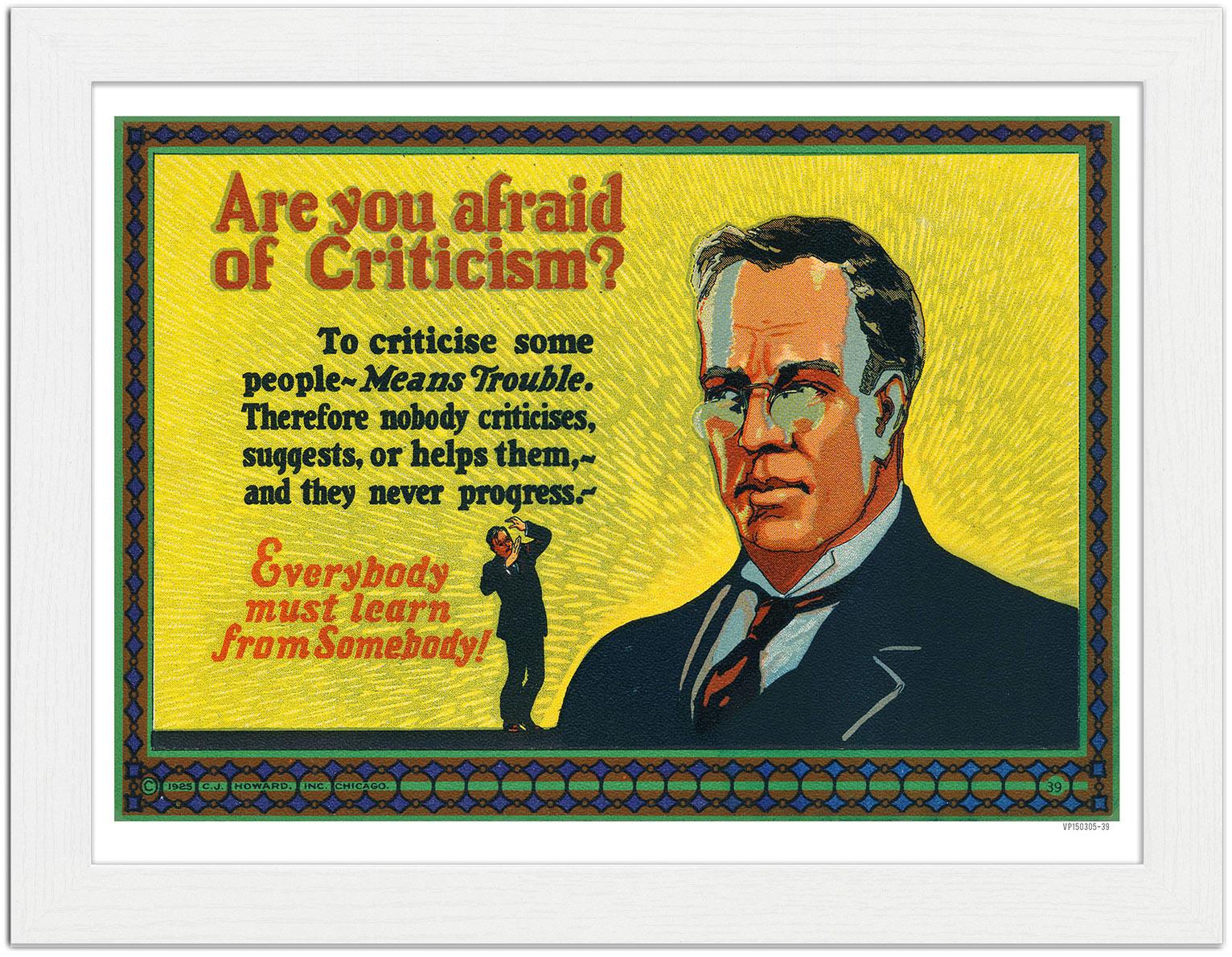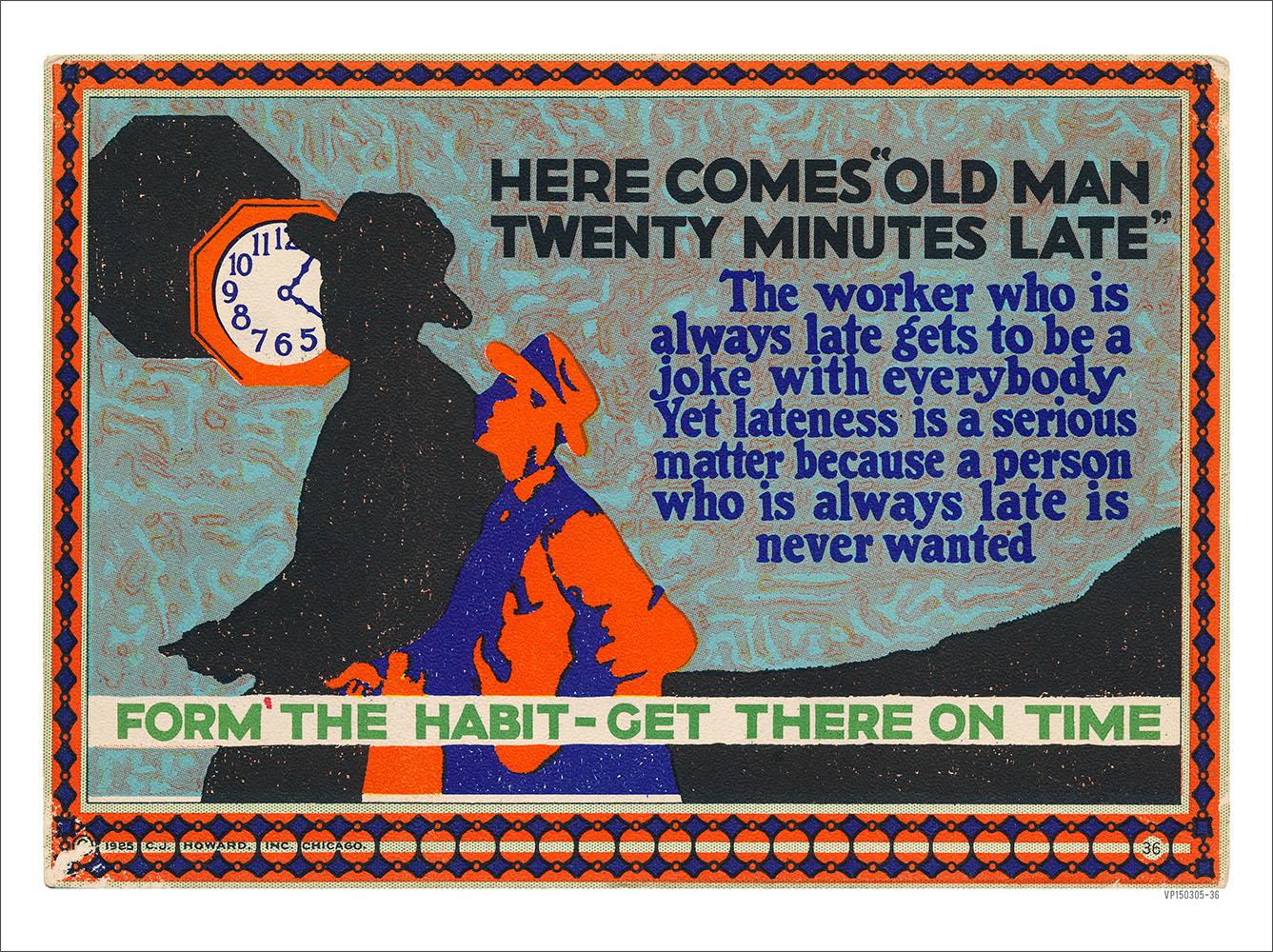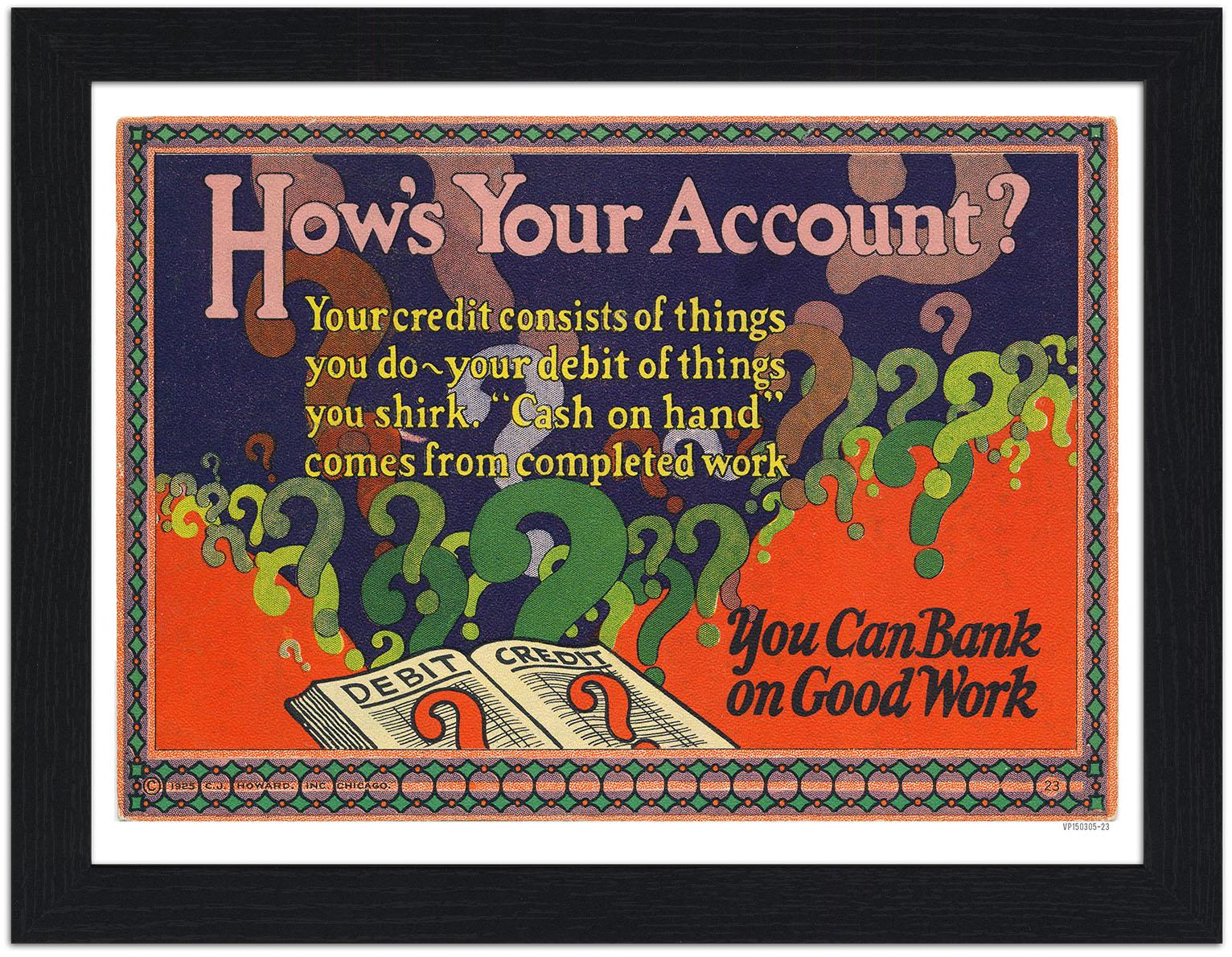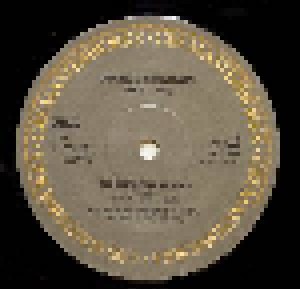

In 1920, the jazz age was underway and was indirectly fueled by prohibition of alcohol. However, it was not until the 1930s that musicians became comfortable with the harmonic and melodic sophistication of Broadway tunes and started including them regularly in their repertoire. Several songs written by Broadway composers in the 1920s have become standards, such as George and Ira Gershwin's " The Man I Love" (1924), Irving Berlin's " Blue Skies" (1927) and Cole Porter's " What Is This Thing Called Love?" (1929). The most recorded 1920s standard is Hoagy Carmichael and Mitchell Parish's " Stardust".


Some compositions written by jazz artists have endured as standards, including Fats Waller's " Honeysuckle Rose" and " Ain't Misbehavin'". The first jazz artist to be given some liberty in choosing his material was Louis Armstrong, whose band helped popularize many of the early standards in the 1920s and 1930s. Popular numbers in the 1920s were pop hits such as " Sweet Georgia Brown", " Dinah" and " Bye Bye Blackbird". In the early years of jazz, record companies were often eager to decide what songs were to be recorded by their artists. However, Chicago's importance as a center of jazz music started to diminish toward the end of the 1920s in favor of New York. Many New Orleans jazzmen had moved to Chicago during the late 1910s in search of employment among others, the New Orleans Rhythm Kings, King Oliver's Creole Jazz Band and Jelly Roll Morton recorded in the city. Important orchestras in New York were led by Fletcher Henderson, Paul Whiteman and Duke Ellington. Dances such as the Charleston and the Black Bottom were very popular during the period, and jazz bands typically consisted of seven to twelve musicians. Jazz had become popular music in America, although older generations considered the music immoral and threatening to cultural values. The period from the end of the First World War until the start of the Depression in 1929 is known as the " Jazz Age". A geophysical ear / Shorty Rogers & His Giants.King & Carter Jazzing Orchestra, Houston, Texas, 1921 Sophisticated rabbit / Shelly Manne and his Men.

Song of the islands / Bill Perkins Octet. The train and the river / Jimmy Giuffre Trio. Circling the blues / Lennie Niehaus Octet. Stranger in the rain / Marty Paich Septet. Martians go home / Shorty Rogers Quintet. Sad sack / Howard Rumsey's Lighthouse All Stars. Bag's groove / Howard Rumsey's Lighthouse All Stars. Doggin' around / Shorty Rogers and His Orchestra. Blues for Brando / Shorty Rogers and His Orchestra. Sweetheart of Sigmud Freud / Shorty Rogers & His Orchestra. Viva Zapata N☁ / Howard Rumsey's Lighthouse All Stars. A mile down the highway there's a toll bridge / June Christy. Jolly Rogers / Stan Kenton & his Orchestra. June Christy | Lyle Murphy | Duane Tatro | Johnny Mandel | Barney Kessel | Hoagy Carmichael | Mel Tormé | Stan Kenton | Shorty Rogers | Gerry Mulligan | Howard Rumsey | Art Pepper | Shelly Manne | Chet Baker | Zoot Sims | Laurindo Almeida | Chico Hamilton | Jimmy Giuffre | Marty Paich | Bob Cooper | Jack Montrose | Don Fagerquist | Lennie Niehaus | David Pell | Bill Usselton | Buddy Collette | Bud Shank | Bill Perkins | Ted Brown | The Three | Jazz Studio 3 | Cy Touff Octet Jazz west coast : from Hollywood to Los Angeles : 1950-1958


 0 kommentar(er)
0 kommentar(er)
